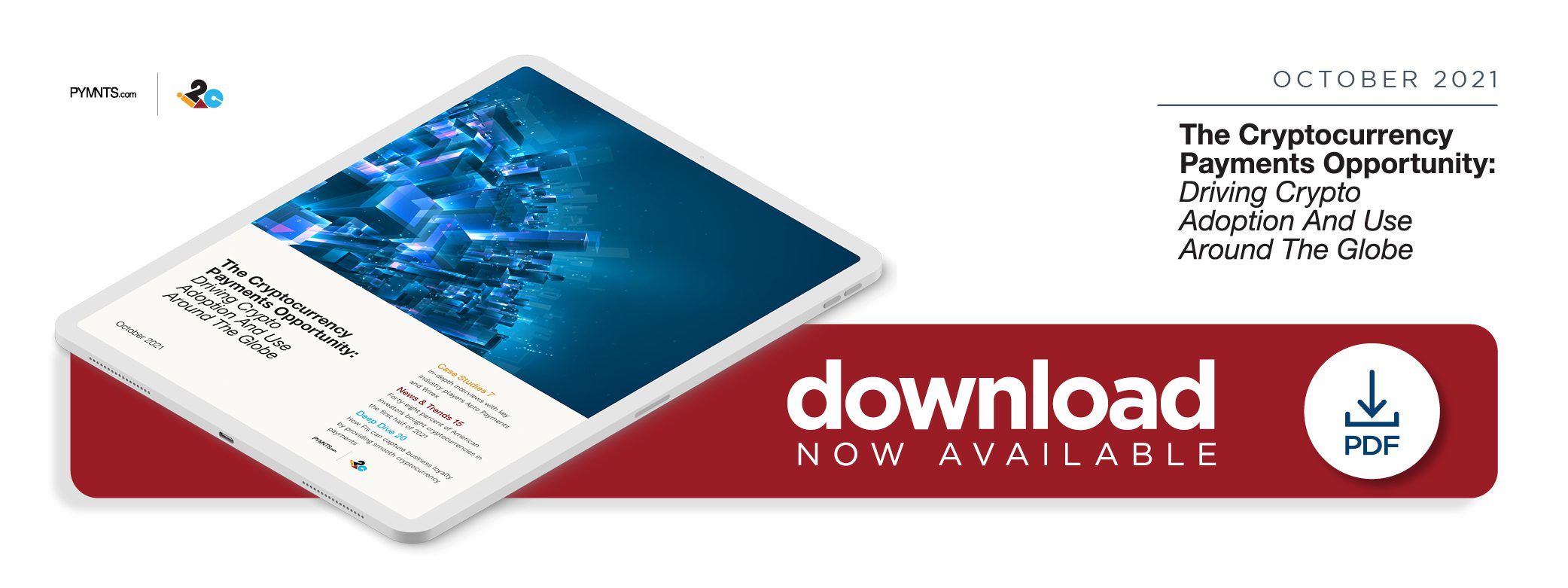Wirex: Mastering the Global Cryptocurrency Payment Opportunity

Cryptocurrencies are gaining more attention from consumers and businesses today, with businesses analyzing how virtual currencies could address their payments needs. Businesses looking to go global are particularly interested in them as they search for solutions that can help them ease the pain points associated with cross-border B2B payments. Several challenges still must be addressed before cross-border digital currencies can be supported at scale, according to Pavel Matveev, CEO of multicurrency digital wallet and money transfer service Wirex.
Developing regulatory standards and evolving payments infrastructures mean there currently is no production-ready solution on the market that can support cross-border crypto B2B payments at the necessary scale, Matveev added. Cross-border payments still represent a significant opportunity for cryptocurrency players, however, as it is clear that supporting such methods, even at this early stage, could help businesses reduce lengthy settlement times.
“[With] traditional payment and banking infrastructure, settlement time is a big issue,” he explained. “[The timing] really depends on the currency, but with digital [assets] you can settle as often as you want. You can even settle once per one hour, per 10 minutes [or per] minute, and obviously this is a huge improvement compared to traditional rails. Another quite interesting benefit of using digital assets is transparency, because everybody knows [where money moves] on blockchain and it’s publicly available for everyone to view online, … [and] because it’s publicly available, it’s very easy to track and it can be used to fight money laundering and [the] financing of illicit activities.”
Clear benefits exist for companies operating internationally when it comes to staying abreast of cryptocurrency payments and adoption. Emerging as a frontrunner in the space, however, requires confronting several hurdles and starts with building trust.
Breaking Down Cross-Border Crypto Barriers
More and more companies are seeking out solutions that can enable them to make easy, swift payments no matter the market. Using digital assets can simplify certain facets of these transactions, such as enabling companies to consolidate and track their payments in one place, but Matveev said businesses first must trust them if they are to be adopted.
“In terms of businesses, I think security and the reliability of blockchain technology is one of the [main] concerns, because there are a lot of issues there,” he continued. “Money was stolen or there’s different hacks happening on one system or another and, as a business, you actually need to be sure that, ‘OK, this [blockchain is] secure and safe and traceable.’ So, [this is] one of the concerns we see at least in comments from businesses. And another concern is [the] offramp and on-ramp [or], basically, how you can [move to] cryptocurrency and [move] out of cryptocurrency without losing too much money on fees.”
Matveev explained that Wirex, together with its payment processor I2c Inc., combats this issue by cutting out the middlemen. It owns the payments infrastructure for cryptocurrency transfers, making it easier for businesses to convert among multiple currencies. It also partners with major card networks to tie this capability to the traditional payment rails, allowing for speedier and more cost-effective payments.
Convincing businesses that remain skeptical of cryptocurrencies’ benefits to embrace them is only part of the challenge, however. The cryptocurrency payments space — especially when it comes to cross-border transactions — still is growing, and the regulations surrounding digital assets and the technologies that support them still are evolving.
“I’m talking about the scalability of a blockchain,” he continued. “So, if we’re talking about Ethereum, for example, well, Ethereum, it’s not really suitable for payments because the transaction is expensive and it takes time and there are some other issues related to scalability.”
Businesses, therefore, need to keep on top of cryptocurrency infrastructure’s progress both domestically and internationally, including the continued development of central bank digital currencies (CBDC) and stablecoins. Matveev believes both will play key roles in the future of cryptocurrency payments.
Stablecoins and Next-Gen Payments
It is difficult to pinpoint exactly how cryptocurrencies will be utilized in the future, but their potential for consumer and business payments is catching the attention of banks and other financial players. Many financial service providers currently are conducting their own cryptocurrency proof-of-concepts or are crafting their own CBDCs or stablecoins, which are virtual currencies designed to eliminate the notoriously high volatility of first-generation cryptocurrencies. Matveev says these digital assets will come to dominate the cryptocurrency payments space.
“To be honest, nobody will be using Bitcoin as a payment method because it serves another purpose — it’s digital gold,” he said. “So, I think stablecoins and CBDCs [are two] of the main trends in the payments space. I think once we have a technology [to support them] and once we have regulation for that technology, I think that’s when we’ll see exponential growth in the [digital currency] payments space.”
Assessing CBDCs’ and stablecoins’ payments potential is essential, but payments players also must stay informed of the various regulatory discussions regarding the creation and usage of such coins. Governance surrounding digital asset payments remains murky in many markets, and Matveev does not expect broader cryptocurrency adoption to occur without firmer rules in place.
